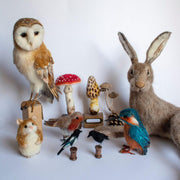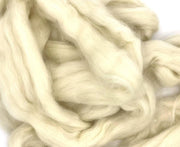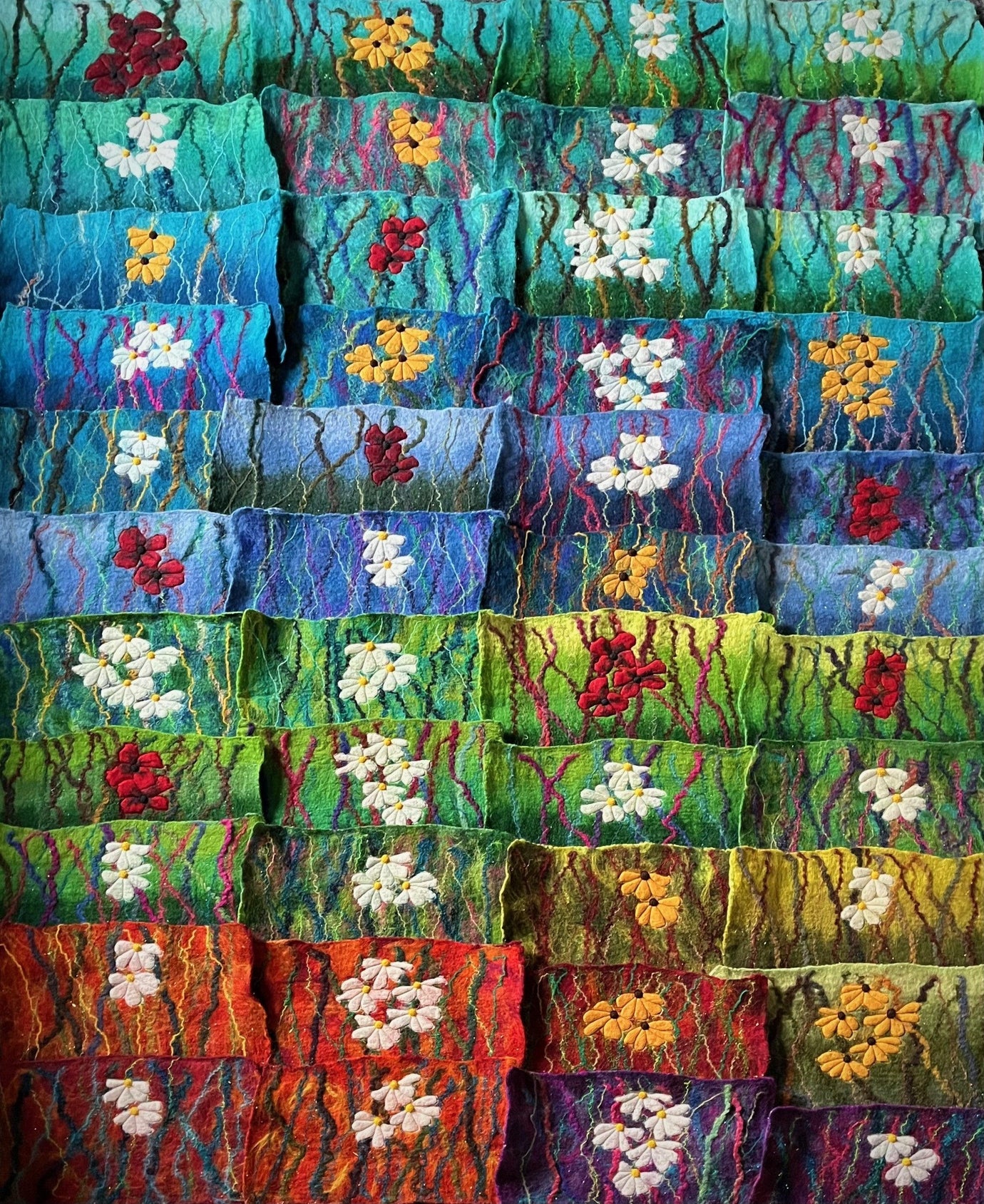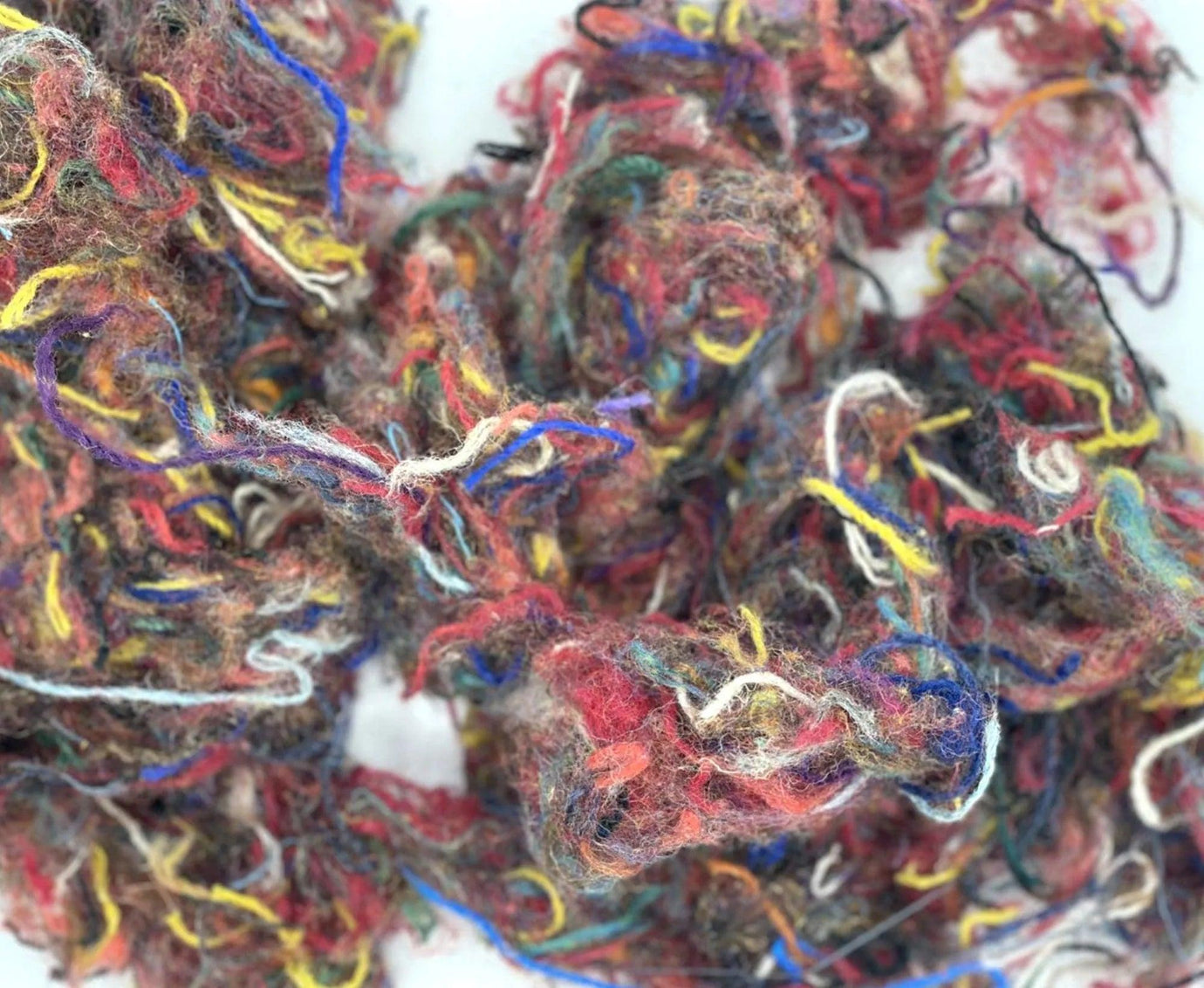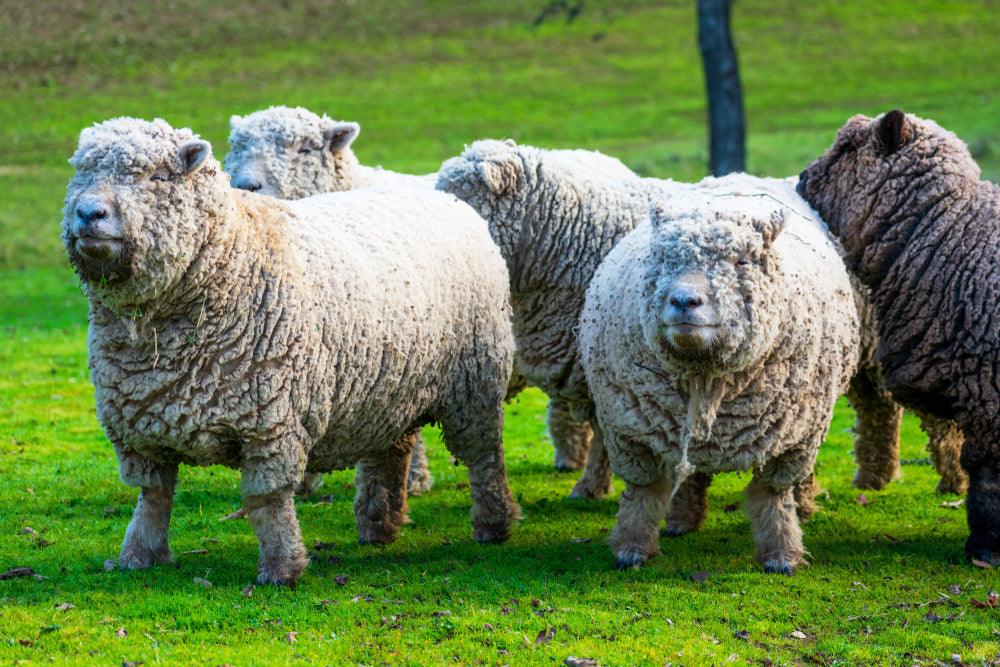Fibre Focus Friday: Hebridean & The Vault Flock
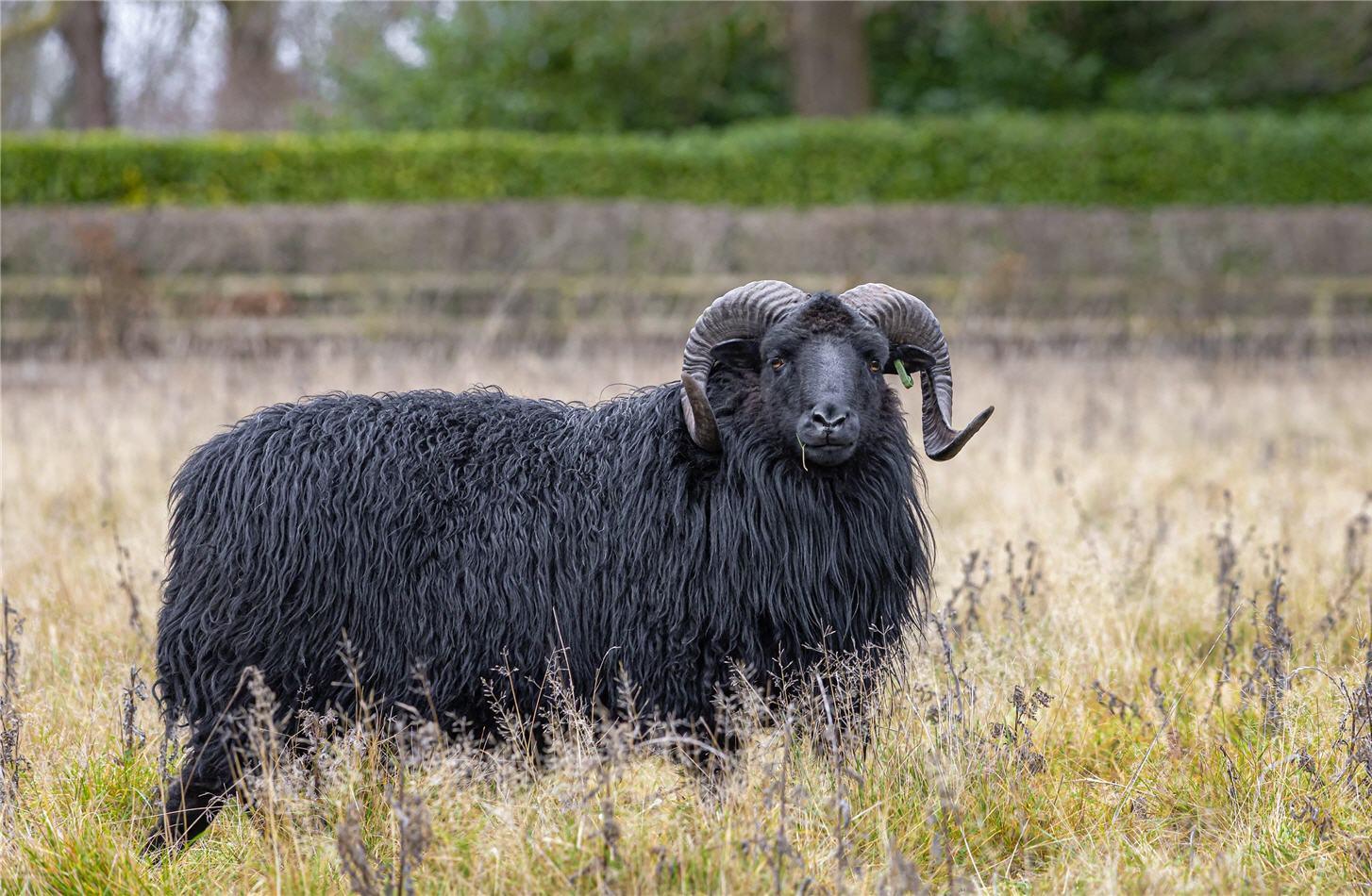
The Hebridean is a hardy, horned sheep (they can have 4!) named after the Hebrides in Scotland. They've been around for hundreds of years, initially on these islands, before making their way onto mainland Scotland and spreading from there.
The Hebridean is thought to be descended from a breed from the island of St Kilda, and was known as a 'St Kilda' until the early 1900s at which point it was renamed 'Hebridean'. In the early 1970s the breed was at risk of extinction with only 300 sheep known about; the Rare Breeds Survival Trust (RBST) worked with the the flocks to develop a breed description and since then the breed has gone from strength to strength.
The breed is often used for conservation grazing as well as meat, wool and their skins. The versatility makes them popular for small flock owners; originally they were seen as ornamental parkland sheep!
Hebridean fleece isn't overly soft (35mic) as it has grown to keep out the harshest weather, but we have found that by combine it to remove the majority of the coarser hairs we can produce a softer top which retains some of the natural character of the fleece. The sheep themselves are black, though their fleeces can get sun-bleached giving them a brown shade; as they get older they can also go grey (just like us!) so it is possible to see Hebrideans in a variety of grey shades.
We wanted to give you a shepherd's perspective of this cracking little breed, so we've asked Zoe Wright & Ken Ballinger from The Vault Flock to give us the low down:
"We have been keeping Hebrideans since 2004, initially as lawnmowers. Back then there weren’t many resources online to do one’s homework on the breed but we feel, after keeping them for 20 years, we did good by choosing Hebrideans.
We found they offer numerous advantages that make them stand out among other breeds. Firstly, their hardiness is exceptional; they thrive in harsh climates and challenging terrains, making them ideal for less hospitable conditions. This resilience reduces the need for extensive management and veterinary care, thus lowering our costs. Also, Hebrideans are excellent foragers. They graze on rough pastures, helping to manage land sustainably while minimizing feed costs.
We believe they have a unique, attractive appearance, with their striking black wool and distinctive curled horns. Their fleece is not only beautiful but also highly prized for its quality, being coarse yet durable, suitable for a variety of wool projects.
Being easy to handle is important for us and Hebrideans have a calm temperament, more so than some other breeds. Our ewes typically start lambing in March, even with the ram running with them all year round. Our ewes lamb in the open regardless of the weather and we bring them in to the Dutch barn for a couple of days after lambing to monitor them; though with their strong maternal instincts there is no need to intervene when birthing."
Thank you to Zoe and Ken for being part of our blog this week; you can find the Vault Flock online here
Picture of Vault Theo by Lee Hares.


